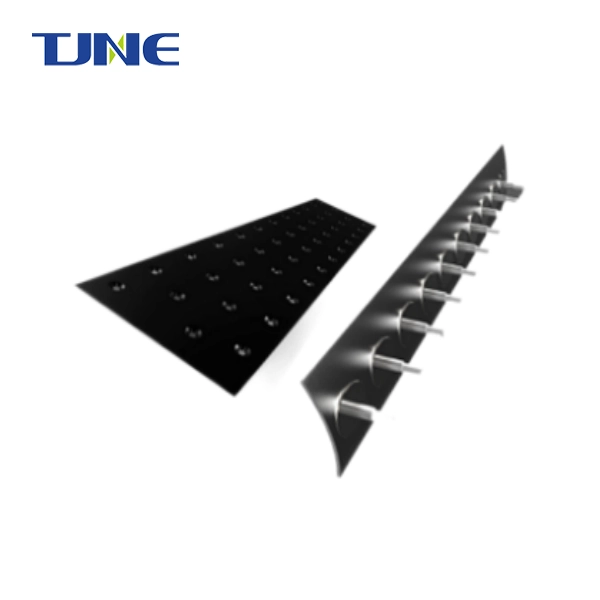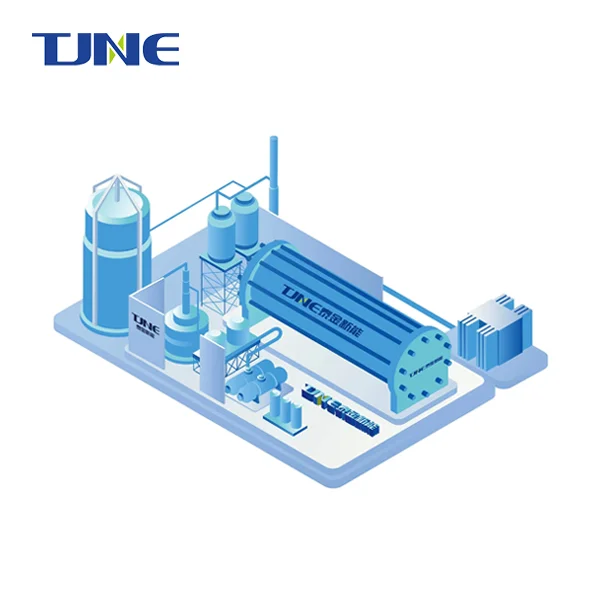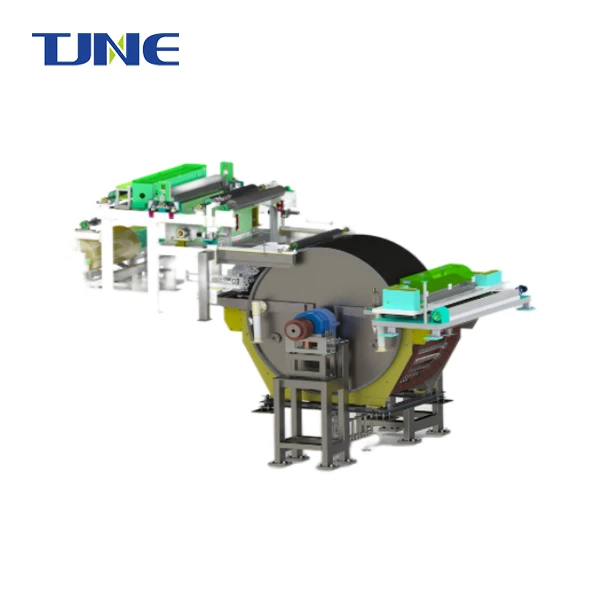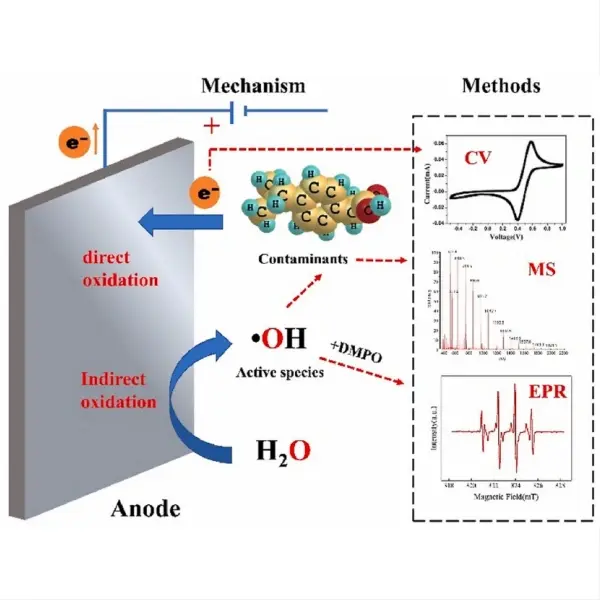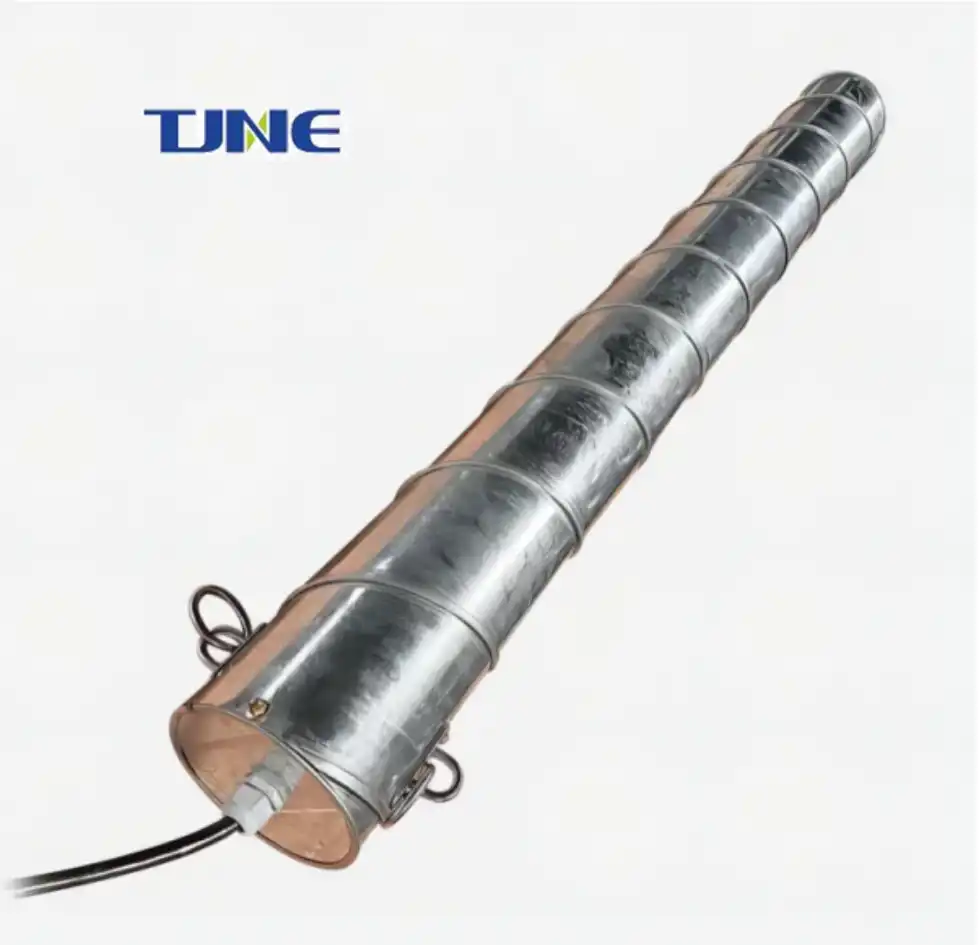- English
- French
- German
- Portuguese
- Spanish
- Russian
- Japanese
- Korean
- Arabic
- Greek
- German
- Turkish
- Italian
- Danish
- Romanian
- Indonesian
- Czech
- Afrikaans
- Swedish
- Polish
- Basque
- Catalan
- Esperanto
- Hindi
- Lao
- Albanian
- Amharic
- Armenian
- Azerbaijani
- Belarusian
- Bengali
- Bosnian
- Bulgarian
- Cebuano
- Chichewa
- Corsican
- Croatian
- Dutch
- Estonian
- Filipino
- Finnish
- Frisian
- Galician
- Georgian
- Gujarati
- Haitian
- Hausa
- Hawaiian
- Hebrew
- Hmong
- Hungarian
- Icelandic
- Igbo
- Javanese
- Kannada
- Kazakh
- Khmer
- Kurdish
- Kyrgyz
- Latin
- Latvian
- Lithuanian
- Luxembou..
- Macedonian
- Malagasy
- Malay
- Malayalam
- Maltese
- Maori
- Marathi
- Mongolian
- Burmese
- Nepali
- Norwegian
- Pashto
- Persian
- Punjabi
- Serbian
- Sesotho
- Sinhala
- Slovak
- Slovenian
- Somali
- Samoan
- Scots Gaelic
- Shona
- Sindhi
- Sundanese
- Swahili
- Tajik
- Tamil
- Telugu
- Thai
- Ukrainian
- Urdu
- Uzbek
- Vietnamese
- Welsh
- Xhosa
- Yiddish
- Yoruba
- Zulu
Electrode-diaphragm assemblies play a crucial role in alkaline water electrolysis, a process that has gained significant attention in recent years due to its potential in clean hydrogen production. These assemblies are at the heart of electrolyzers, facilitating the separation of water into hydrogen and oxygen through electrochemical reactions. Understanding their function and optimization is key to advancing this promising technology for sustainable energy solutions.
What materials are commonly used in electrode-diaphragm assemblies for alkaline electrolysis?
The choice of materials for electrode-diaphragm assemblies is critical to the efficiency and durability of alkaline water electrolyzers. Electrodes are typically made from metals or metal oxides that exhibit high catalytic activity and stability in the alkaline environment. Nickel and its alloys are widely used due to their excellent performance and relatively low cost. For the anode, where oxygen evolution occurs, nickel-iron alloys or nickel coated with various oxides (e.g., cobalt oxide, ruthenium oxide) have shown promising results. The cathode, responsible for hydrogen evolution, often employs nickel-based materials, sometimes enhanced with platinum group metals or transition metal alloys to improve catalytic activity.
Diaphragms, which separate the anodic and cathodic compartments, are typically made from porous materials that allow ion transport while preventing gas crossover. Asbestos was historically used but has been phased out due to health concerns. Modern diaphragms often use synthetic materials such as polysulfone, polytetrafluoroethylene (PTFE), or zirconium oxide-based ceramics. These materials offer a balance between ionic conductivity, gas impermeability, and chemical stability in the harsh alkaline environment.
Recent advancements have focused on developing advanced composite materials that combine the benefits of different components. For instance, electrodes with nanostructured surfaces or supported nanoparticles have shown enhanced catalytic activity. Similarly, composite diaphragms incorporating inorganic fillers in polymer matrices have demonstrated improved performance and longevity.
The selection of materials involves a careful balance of factors including electrochemical performance, durability, cost, and environmental impact. Ongoing research continues to explore novel materials and fabrication techniques to enhance the overall efficiency and sustainability of alkaline water electrolysis systems.
How does the design of electrode-diaphragm assemblies affect electrolysis efficiency?
The design of electrode-diaphragm assemblies significantly influences the efficiency of alkaline water electrolysis. Key design considerations include electrode geometry, diaphragm thickness and porosity, and the overall configuration of the assembly.
Electrode geometry plays a crucial role in maximizing the active surface area available for electrochemical reactions while minimizing ohmic losses. Designs such as mesh electrodes, perforated plates, or three-dimensional structures like foam or felts can significantly increase the effective surface area compared to flat plate electrodes. This increased surface area enhances catalytic activity and improves gas evolution kinetics. Moreover, the electrode design must facilitate efficient gas bubble detachment to prevent blockage of active sites and reduce ohmic resistance.
Diaphragm design is equally critical. The thickness of the diaphragm affects the ionic resistance of the cell; thinner diaphragms reduce ohmic losses but may compromise mechanical stability and gas separation efficiency. Porosity and pore size distribution of the diaphragm must be optimized to allow efficient ion transport while maintaining adequate gas separation. Some advanced designs incorporate asymmetric pore structures or gradient porosity to balance these requirements.
The spacing between electrodes and the diaphragm also affects efficiency. Minimizing this gap reduces ohmic losses but may impede gas bubble removal. Some designs incorporate flow channels or structures to promote turbulence and enhance mass transport.
Another important aspect is the integration of the electrode-diaphragm assembly into the overall cell design. Zero-gap configurations, where the electrodes are in direct contact with the diaphragm, have shown promise in reducing ohmic losses. However, these designs require careful engineering to ensure uniform contact and prevent hot spots or areas of reduced activity.
Recent innovations have explored advanced concepts such as flow-through electrodes, where the electrolyte is forced through porous electrode structures. This design can enhance mass transport and bubble removal, potentially allowing for higher current densities and improved efficiency.
The optimization of electrode-diaphragm assembly design involves balancing multiple, often competing factors. Computational modeling and advanced characterization techniques are increasingly being employed to guide design decisions and predict performance under various operating conditions. As research progresses, we can expect to see further refinements in assembly design, leading to more efficient and cost-effective alkaline water electrolysis systems.
What are the latest advancements in electrode-diaphragm technology for alkaline electrolysis?
The field of alkaline water electrolysis has seen significant advancements in electrode-diaphragm technology in recent years, driven by the growing demand for efficient and scalable hydrogen production methods. These innovations aim to address key challenges such as reducing energy consumption, increasing durability, and lowering overall system costs.
One of the most promising areas of research is the development of advanced catalysts for both the anode and cathode. Nanostructured materials and bimetallic or trimetallic alloys have shown exceptional catalytic activity, significantly reducing the overpotential required for water splitting. For example, nickel-iron layered double hydroxides (NiFe LDHs) have emerged as highly effective oxygen evolution catalysts, outperforming many noble metal-based materials. On the hydrogen evolution side, nickel-molybdenum alloys and nickel phosphides have demonstrated remarkable performance.
Surface modification techniques have also advanced, allowing for the creation of high-surface-area electrodes with enhanced catalytic properties. Plasma treatment, electrodeposition, and chemical vapor deposition methods are being used to create electrodes with optimized morphologies and compositions. These techniques can produce electrodes with hierarchical structures that combine high surface area with efficient mass transport properties.
In diaphragm technology, there has been a shift towards composite materials that offer improved performance and longevity. Advanced polymer-ceramic composites, for instance, combine the flexibility and processability of polymers with the stability and conductivity of ceramics. Some researchers are exploring the use of graphene oxide or other 2D materials as additives to enhance the mechanical and transport properties of diaphragms.
Another significant advancement is the development of anion exchange membranes (AEMs) as alternatives to traditional porous diaphragms. AEMs offer the potential for higher purity gas production and improved efficiency by allowing for higher concentrations of electrolyte. However, challenges remain in terms of stability and conductivity under operating conditions.
The integration of electrode and diaphragm functions is another area of innovation. Some researchers are developing bifunctional materials that can serve as both electrocatalysts and ion conductors, potentially simplifying cell design and reducing interfacial resistances.
Additive manufacturing techniques, such as 3D printing, are being explored for the fabrication of electrode-diaphragm assemblies. These methods offer the potential for creating complex, optimized structures that would be difficult or impossible to produce with traditional manufacturing techniques.
Lastly, there is growing interest in developing electrode-diaphragm assemblies that can operate efficiently under variable loads, a crucial factor for integration with renewable energy sources. This includes research into materials and designs that can maintain high efficiency across a wide range of current densities and rapid on-off cycling.
These advancements in electrode-diaphragm technology are paving the way for more efficient, durable, and cost-effective alkaline water electrolysis systems. As research continues and these innovations move from the laboratory to commercial applications, we can expect to see significant improvements in the viability of large-scale hydrogen production through water electrolysis.
If you are interested in the products of Xi'an Taijin New Energy Technology Co., Ltd., please contact yangbo@tjanode.com.
References
1. Pletcher, D., & Li, X. (2011). Prospects for alkaline zero gap water electrolysers for hydrogen production. International Journal of Hydrogen Energy, 36(23), 15089-15104.
2. Zeng, K., & Zhang, D. (2010). Recent progress in alkaline water electrolysis for hydrogen production and applications. Progress in Energy and Combustion Science, 36(3), 307-326.
3. Schalenbach, M., Tjarks, G., Carmo, M., Lueke, W., Mueller, M., & Stolten, D. (2016). Acidic or alkaline? Towards a new perspective on the efficiency of water electrolysis. Journal of The Electrochemical Society, 163(11), F3197-F3208.
4. Marini, S., Salvi, P., Nelli, P., Pesenti, R., Villa, M., Berrettoni, M., ... & Kiros, Y. (2012). Advanced alkaline water electrolysis. Electrochimica Acta, 82, 384-391.
5. Diaz-Morales, O., Ledezma-Yanez, I., Koper, M. T., & Calle-Vallejo, F. (2015). Guidelines for the rational design of Ni-based double hydroxide electrocatalysts for the oxygen evolution reaction. ACS Catalysis, 5(9), 5380-5387.
6. Vincent, I., & Bessarabov, D. (2018). Low cost hydrogen production by anion exchange membrane electrolysis: A review. Renewable and Sustainable Energy Reviews, 81, 1690-1704.
7. Zhao, S., Yan, L., Luo, H., Mustain, W., & Xu, H. (2020). Recent progress and perspectives of bifunctional oxygen reduction/evolution catalyst development for regenerative anion exchange membrane fuel cells. Nano Energy, 75, 104889.
8. Phillips, R., & Dunnill, C. W. (2016). Zero gap alkaline electrolysis cell design for renewable energy storage as hydrogen gas. RSC Advances, 6(102), 100643-100651.
9. Lu, Z., Xu, W., Zhu, W., Yang, Q., Lei, X., Liu, J., ... & Sun, X. (2014). Three-dimensional NiFe layered double hydroxide film for high-efficiency oxygen evolution reaction. Chemical Communications, 50(49), 6479-6482.
10. Nørskov, J. K., Bligaard, T., Logadottir, A., Kitchin, J. R., Chen, J. G., Pandelov, S., & Stimming, U. (2005). Trends in the exchange current for hydrogen evolution. Journal of The Electrochemical Society, 152(3), J23-J26.






